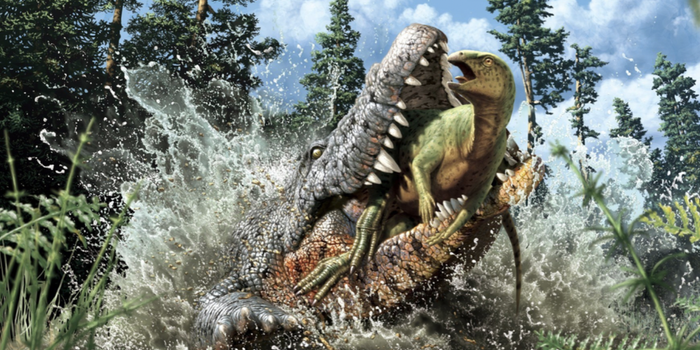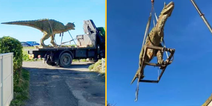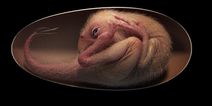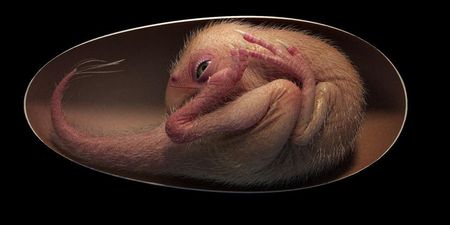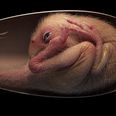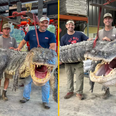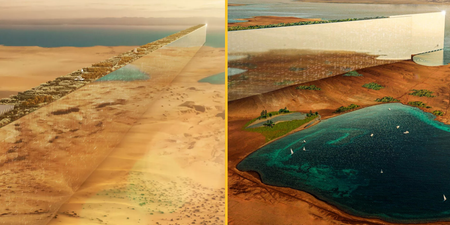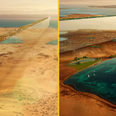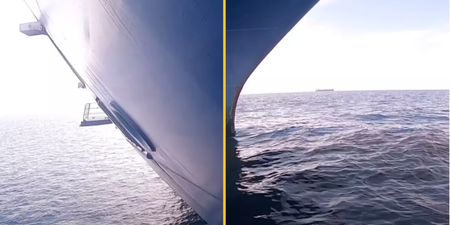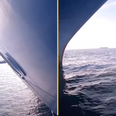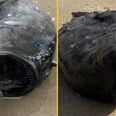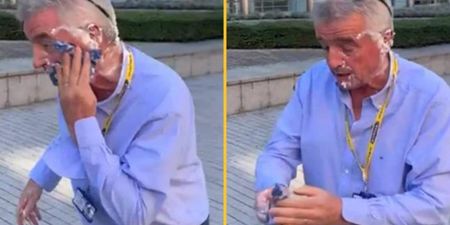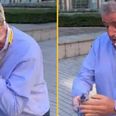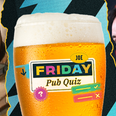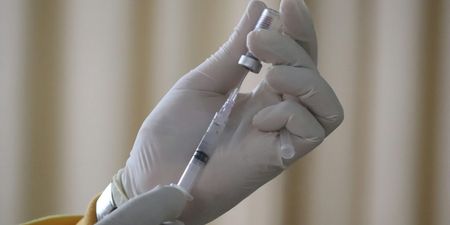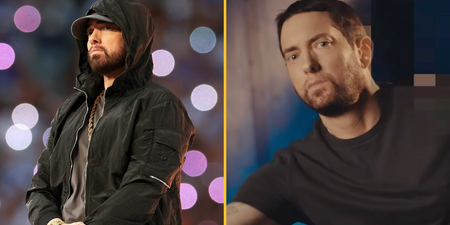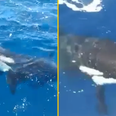The skull is in near-perfect condition
Scientists have revealed that a colossal 93-million-year-old crocodile recently found in Central Queensland had eaten a baby dinosaur before its death.
The crocodile’s official name is Confractosuchus Sauroktonos which is a mouthful but translates to “broken crocodile dinosaur killer”, which seems to fit perfectly given its eating habits.
The word “broken” has been included in its name in tribute to the huge shattered boulder from where the fossil was discovered.
Scientists at ANSTO and @UniNewEngland have used nuclear techniques to shed light on the feeding habits of a 93 million-year-old crocodile that devoured a juvenile dinosaur based on fossilised stomach contents found in Central Queensland.
🔗https://t.co/lxP2nRDrWh#NCRIS #ANSTO
— ANSTO (@ANSTO) February 16, 2022
It’s believed that the croc grew to around 2.5m (6-8ft), according to a study published in the journal Gondwana Research.
Early studies of the remains in 2010 detected bones belonging to a small chicken-sized dinosaur in the animal’s gut, believed to be part of the ornithopod family that typically grazed on plants. Other members of the family include iguanodon, parasaurolophus and Zalmoxes.
Scientists say that a “staggering” 35 per cent of the creature was preserved. This included a “near-complete skull” that showcased the creature’s impressive set of teeth. It’s believed that the crocodile was caught up in a megaflood, buried and died shortly afterwards.
Joseph Bevitt, a co-author of the study, said: “In the initial scan in 2015, I spotted a buried bone in there that looked like a chicken bone with a hook on it and thought straight away that it was a dinosaur.
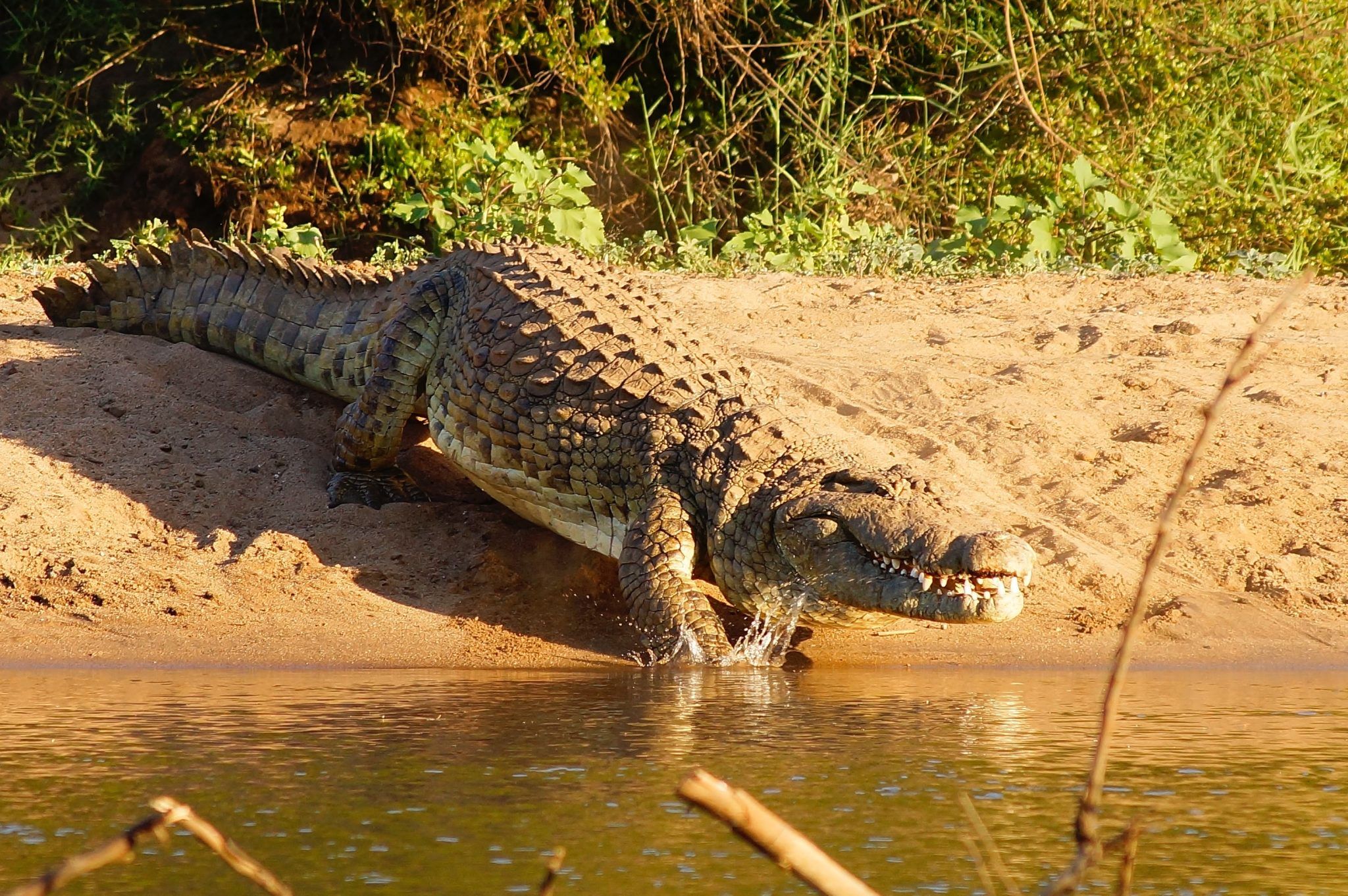
“Human eyes had never seen it previously, as it was, and still is, totally encased in rock.”
Technological growth meant researchers could now create high-quality 3D scans of the creature and use specialised X-ray imaging to determine more details. Currently, researchers say there is evidence of oral processing, which is a fancy way of saying it knew to break down prey before swallowing.
Such theories include dismemberment and bone fragmentation of the prey, which is similar to how crocodile’s hunt today.
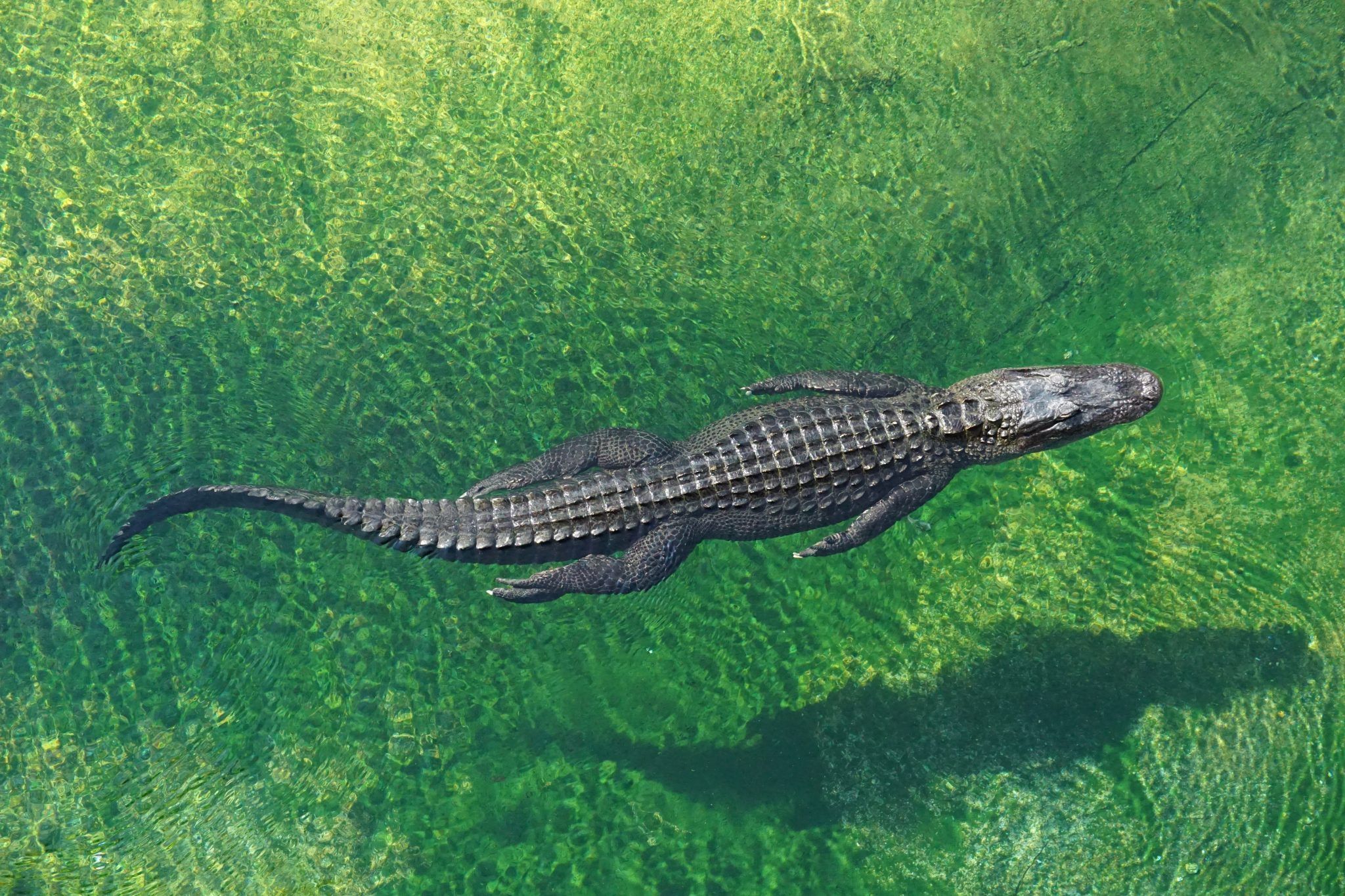
Dr Bevitt explained: “The fossilised remains were found in a large boulder. Concretions often form when organic matter, or say a crocodile, sinks to the bottom of a river. Because the environment is rich in minerals, within days, the mud around the organism can solidify and harden because of the presence of bacteria.”
Related links:
- Kid Cudi calls Kanye West a ‘f*****g dinosaur’ as Ye amps up Pete Davidson beef
- Hunter kills 13ft monster alligator as it ‘Threatens Livestock’
- 2,000 year old skull held together by metal offers evidence of ancient surgery
